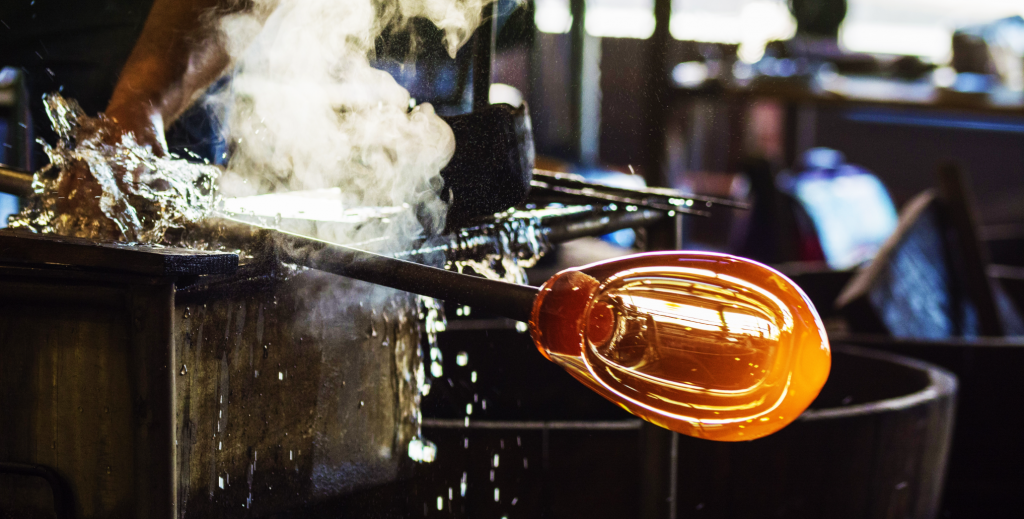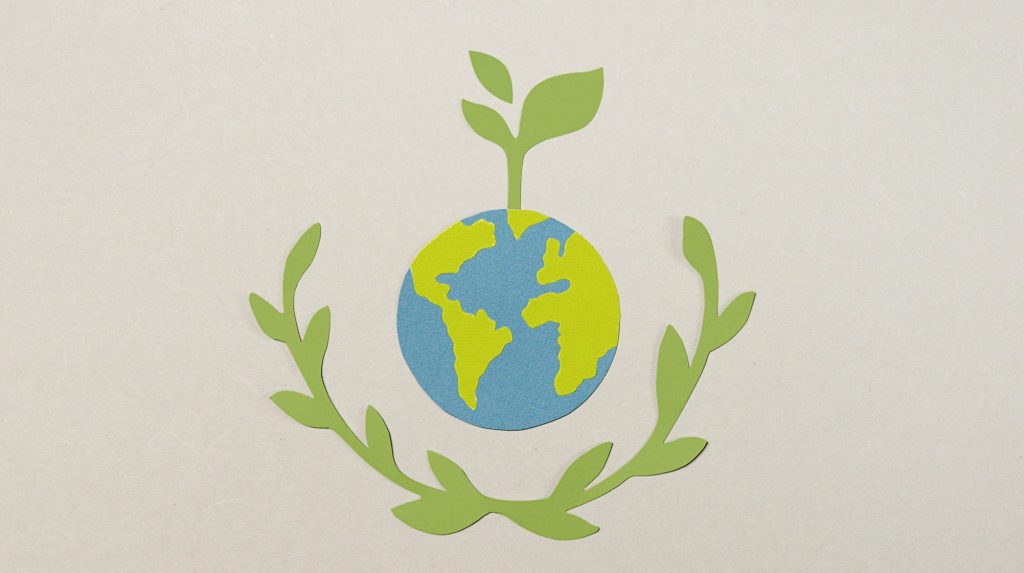Since taking office in 2017, U.S. President Donald Trump has been fixated on how to create jobs for more Americans primarily by fomenting a trade war with China in an attempt to bring back manufacturers like Apple, Levi Strauss & Co., Black & Decker and Mattel, maker of iconic Barbie dolls.
Economic lockdowns across the world to limit the spread of COVID-19 will likely
accelerate Trump’s plans, as nations look to insulate themselves from future catastrophes by being as self-sufficient as possible, regardless of cost. “There will be a rethink of how much any country wants to be reliant on any other country,” said Elizabeth Economy, a senior fellow at the Council on Foreign Relations, to The New York Times in April. “I don’t think fundamentally this is the end of globalization. But this does accelerate the type of thinking that has been going on in the Trump administration, that there are critical technologies, critical resources, reserve manufacturing capacity that we want here in the U.S.”
First, though, America’s economy needs to survive the pandemic. To that end, Congress signed a $2 trillion direct assistance package and an additional $4 trillion in Federal Reserve lending. “Liquidity and cash for small business, individuals and the unemployed to keep this thing [the economy] going,” said Director of the U.S. National Economic Council Larry Kudlow at a press conference in March.
However, coming out of this crisis, the U.S. economy could look very different. “Americans are traditionally the world’s consumers of last resort. But that’s about to change,” Financial Times columnist Rana Foroohar wrote in April. “Even when what the IMF is calling the ‘Great Lockdown’ ends and we emerge from the immediate coronavirus crisis, the economic ramifications of this moment will produce a new age of U.S. austerity.”

Saving the economy
The Federal Reserve (Fed) started its stimulus strategy in early March by dropping interest rates twice in 12 days to zero. It also lowered the interest rate for banks by 1.5 percent and decreased the reserve ratio, which protects banks from loan defaults, for individuals and businesses to zero.
To keep credit flowing through the system, the Fed announced it would purchase unsecured payment obligations as well as buy from lenders short-term loans that businesses, banks and other financial institutions take to pay daily expenses. The Fed also announced support for currency swaps for overseas companies that need dollars to do business with American firms.
By April, the Fed had a $2.3 trillion credit line for banks and public-private project loans. From that money, about $600 billion was earmarked for individuals and privately owned businesses — aka Main Street companies. It also allocated $500 billion to buy state and municipal bonds. The Fed additionally assigned an undisclosed amount to buy corporate bonds of companies whose credit ratings fall from investment to non-investment grade because of the lockdown.
The Fed also launched the Paycheck Protection Program as an incentive for businesses to retain their employees. Each company could get a maximum of $10 million at 1 percent interest to cover two months of payroll and overhead expenses. Restrictions also were lifted on Wells Fargo, the third-biggest U.S. bank, to allow it to lend.
To stimulate demand, the Fed announced in April that taxpayers would receive a $2,000 per month stimulus payment for six to 12 months under the Emergency Money for People Act. Additionally, eligible families would get $500 per child for up to three kids. That is an upgrade from a one-time payment of $1,200 to taxpayers under the Community and Regional Economic Support program implemented in March.
“The amounts… are enormous, and it just tells you how much support is needed when the economy is closed down,” said Torsten Slok, Deutsche Bank’s chief economist to Yahoo Finance in April. “Just have a look at how long it took to unwind from the financial crisis of 2008 and 2009. Now we are adding at a pace that is multiples faster.”
According to Federal Reserve Chairman Jerome Powell, those steps “focus on the near term,” as reported by CNBC in mid-April.
Looking inward

Onlookers are debating whether that money will be enough to rescue U.S. companies, despite Powell adopting a “whatever it takes” attitude, telling Reuters in March: “We really are going to use our tools to do what we need to do here.”
The uncertainty, however, is how the current economic and health crisis would change government and private-sector strategies and policies. “As much as I hope we are able to get ordinary economic activity back up, that’s just the beginning of our problem,” Adam Tooze, a historian at Columbia University and author of Crashed, which looked at the long-term effects of the 2008 crisis, told the New York Times in April.
Globalization is a primary concern. For one thing, a business that depends on imports and exports wouldn’t be able to reopen until lockdowns are lifted in all markets it deals with. “I think companies are actively talking about resilience,” said Susan Lund, a partner at McKinsey, to the New York Times in April. “To what extent would companies be willing to sacrifice quarter-to-quarter efficiency for resilience over the long term, whether that’s natural disasters, the climate crisis, pandemics or other shocks?”
Cutting international trade ties was evident across the world after the 2008 crisis. After continually increasing since 2002 when it accounted for less than half of the world’s economy, international trade has leveled off at 60 percent of global GDP, according to World Bank data. “What typically happens after you get a crisis like this is people talk about new eras and how the post-pandemic world will be different,” said Ruchir Sharma, chief global strategist at Morgan Stanley Investment Management, in the New York Times. “This time I think the trends that were already in motion before this pandemic will be accelerated.”
New reality
With so much government money going into the U.S. economy — the $6 trillion package is nearly a quarter of America’s GDP in 2019 — experts have a catalog of concerns.
For the U.S. government, pouring so much money into the economy will likely lead fiscal deficits to rise uncontrollably. “Debt crises may be coming,” the Economist Intelligence Unit (EIU) wrote in late March as reported by CNBC. “For now, governments are ramping up fiscal spending to fight the epidemic, maintain basic economic architecture and keep workers in their jobs. As a result, fiscal deficits will rise sharply in the coming years.”
That forecast comes after a decade of rising fiscal deficits. According to Trading Economics, America’s budget deficit last year was its highest since 2013 and fifth-highest since 1920.
Meanwhile, realizing that business won’t be back to normal under a national lockdown, U.S. businesses haven’t been rushing to take advantage of the Fed’s stimulus. Robert Vanden Assem, head of developed markets investment grade fixed Income at PineBridge Investments, told the Financial Times the lowest rated investment grade firms (BBB rated) have been shying away because they are carrying too much debt. According to Bloomberg data, by the end of 2019, more than half of investment grade firms in the United States were BBB-rated.
Foroohar, the Financial Times Columnist, believes the biggest challenge facing the U.S. government will be putting people back to work. Unemployment benefit applications have reached 24.6 million since mid-March, according to the Department of Labor. That figure may not markedly improve in the long term as companies try to replace workers with machines, according to Foroohar.
Question of time
Economic literature differentiates a recession from depression based on duration. The former lasts between six months to a year while the latter lasts for several years. Additionally, a depression sees much higher unemployment and a more severe decline in GDP growth. The United States has seen 33 recessions, but only one depression.
“The current recession will turn into a depression if business closures and layoffs spread unchecked, changing a temporary dip into a total collapse of demand that derails the economy,” wrote Yuwa Hedrick-Wong, a chief economics commentator for Forbes Asia.
Powell is cautiously hopeful. “My guess is that behavior will change. It won’t change quickly. People will start to go back to the movies, to theaters. They’ll start to travel and they’ll gain confidence that it’s OK to do so,” he said in April. “That process […] will certainly be gradual and tentative.”







